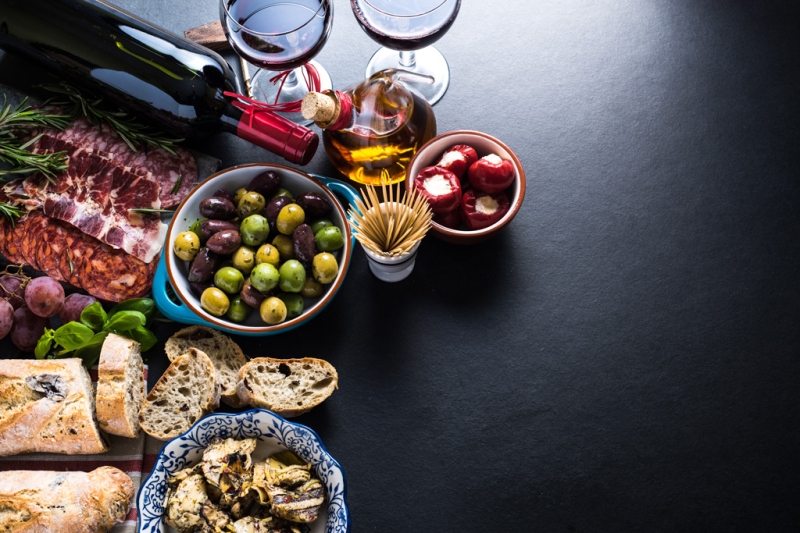
The rich and varied cuisine of Andalusia is a reflection of the region’s complex history. One of the most famous dishes of this cuisine in the world is gazpacho; it was first prepared in the first millennium BC, but it acquired its final form only after the voyages of Columbus, when tomatoes and peppers appeared in Spain.
The Moors also greatly influenced the cuisine of Andalusia, planting orange, olive and walnut trees here. They also brought spices here – cumin, cinnamon, nutmeg and saffron, and many fruits and vegetables – eggplant, spinach, quince and pomegranates.
The modern cuisine of the region differs on the coast and in the mountains: the sea provides fish and seafood, while inland the emphasis is placed more around jamon (the famous Spanish ham) and various sauces. But wherever you find yourself, try fino – dry sherry and Spanish tapas in one of the local bars.
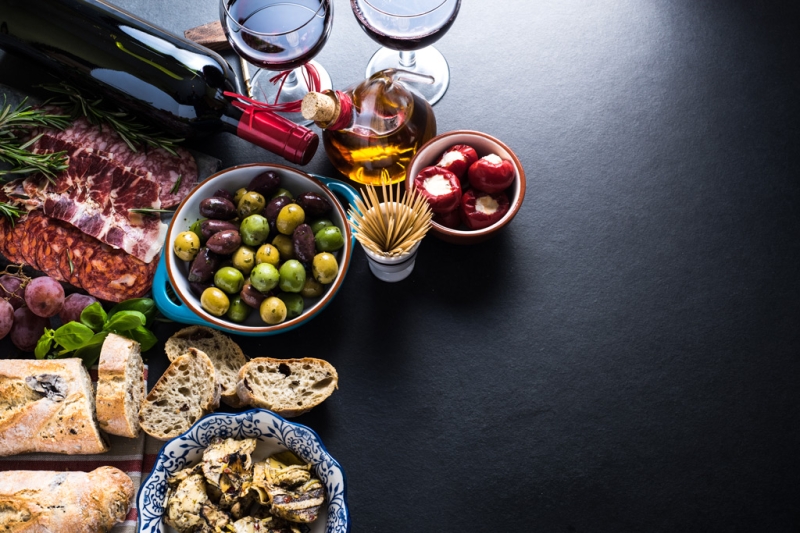
Tapas in Seville
It was in Seville that tapas were first “invented”, and that is why most local bars specialize in them. Tapas are something you can eat on the go, and the locals do just that, moving from bar to bar where they order manzanilla, fino or beer. Another popular drink is tinto de verano, a local version of sangria. It is made from lemonade, wine and ice.
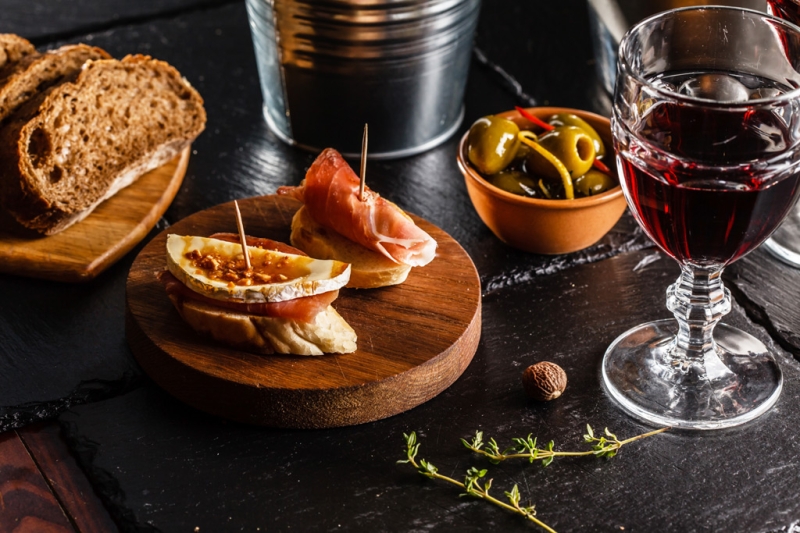
Goat cheese in Villaluenga del Rosario
13 kilometers from Grazalema is the small mountain village of Villaluenga del Rosario, considered the highest city in the province of Cadiz. Hidden behind a large rocky cliff, the small village with its cozy streets, flowery balconies and bright roofs, shrouded in thick fog in the morning, seems to cultivate the simple pleasures of life. It’s worth coming here to try the goat cheese, which even won a Payoyo award.
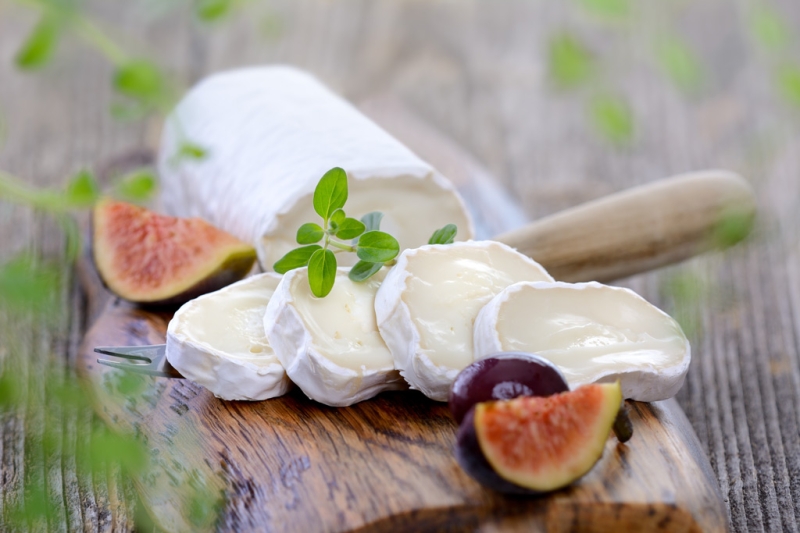
Try real sherry
The northwestern part of the province of Cadiz, most of which consists of picturesque plains and endless vineyards, is the birthplace of sherry. Three cities are famous for this Spanish drink – Jerez de la Frontera, El Puerto de Santa Maria and Sanlúcar de Barrameda, but do not neglect the small towns of Chipiona and Rota, in addition to sherry you can also find here stunning views.
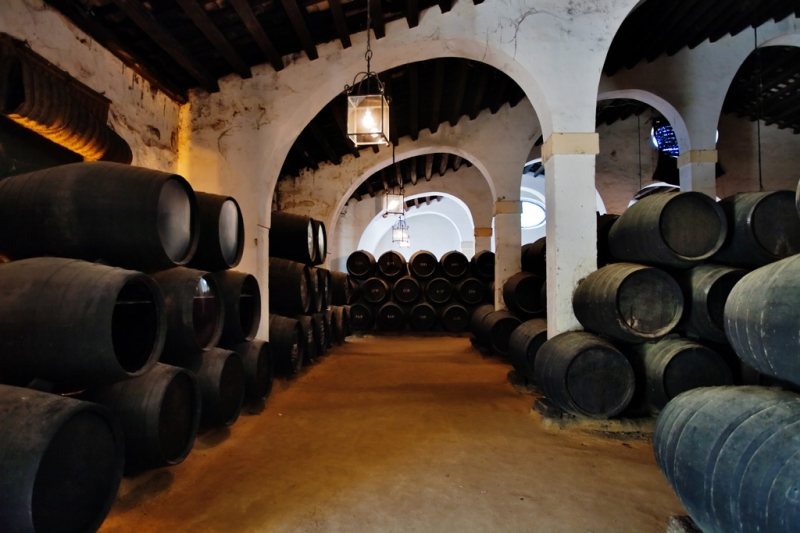
Try anise
Rota, a picturesque hill town, has much more to offer tourists than meets the eye, in addition to its crumbling Moorish castle and baroque church. In Andalusia, Rota is famous for the production of anise. It comes in different types and strengths, but almost all versions can be found in small wine cafes scattered throughout the city. The Machaquito wine cellar is considered one of the best.
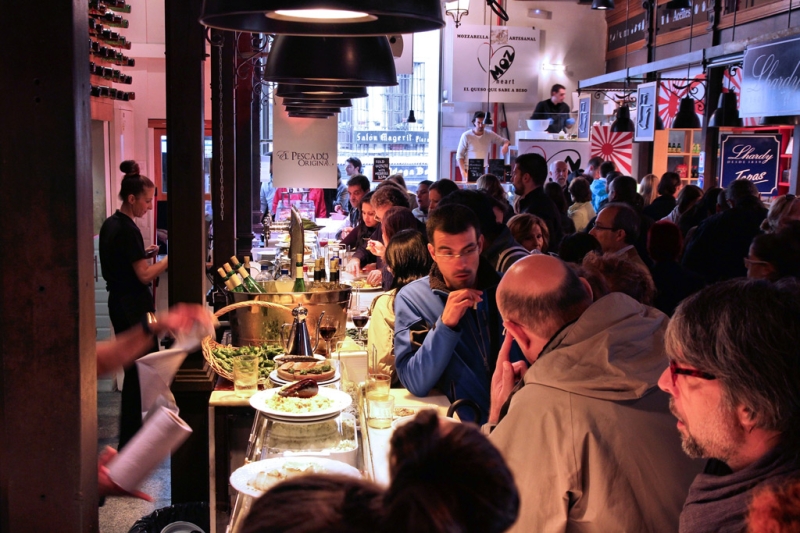
Hamon in Habugo
Every Spaniard at the mention of Jabugo at least gets hungry, and if you try the jamon from this city, you will begin to feel the same. Hamon in Habugo is a kind of king and god, and here he is treated with great reverence. You can try different types in the shops of the city, but jamón ibérico and pata negra are considered the most delicious in all of Spain.

Olive oil in Baena
The province of Cardoba has been famous for its olive oil since Roman times, and Baena is still considered the center of its production. And indeed the oil produced here is considered one of the best in Europe. It is not as sour as regular one, and less fatty, but at the same time more aromatic. Oil is not cheap and is not used for cooking; it can only be added to a finished dish for taste and smell. Also, don’t be surprised if you are offered to try the butter with a regular piece of bread; this is called salmorejo and is considered one of the variations of Spanish tapas.
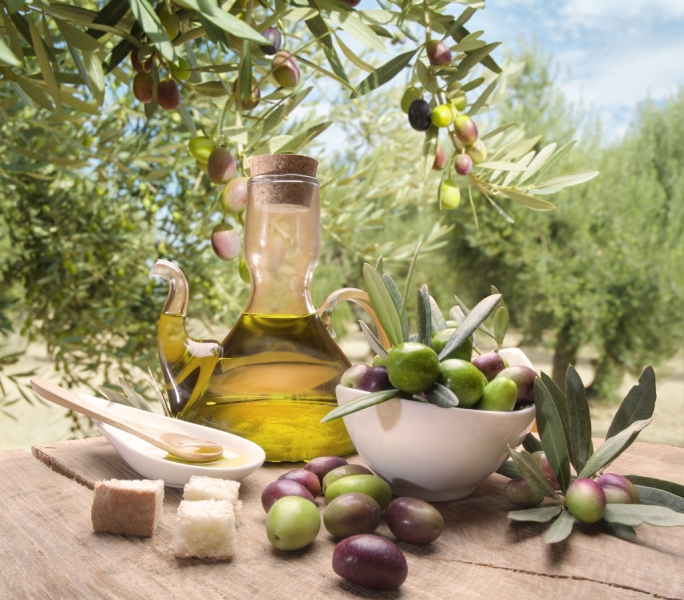
Seafood in Cadiz
Another weakness of the people of Andalusia is seafood, and therefore Cadiz will seem like a celebration of life if you share this passion. Almost every bar and restaurant in this region serves fish and seafood, but Cadiz is considered to be the gastronomic center. The fishing quarter of Barrio de la Viña is charming in its own way: this is where fish (some say the most delicious) is prepared on warm summer evenings.
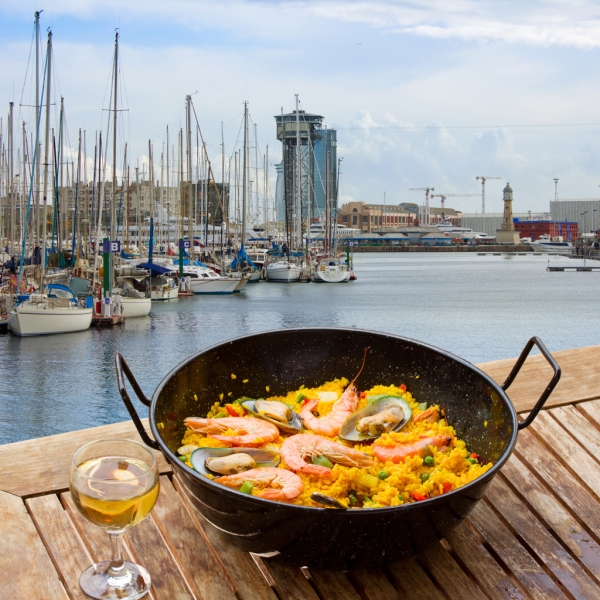
Mineral water in Lanjaron
Lanjaron became a popular tourist destination before many cities in Andalusia thanks to its mineral springs. There are only 7 of them, but water from them can be found throughout Spain. It’s worth coming here to taste the water itself and relax in the local spas.
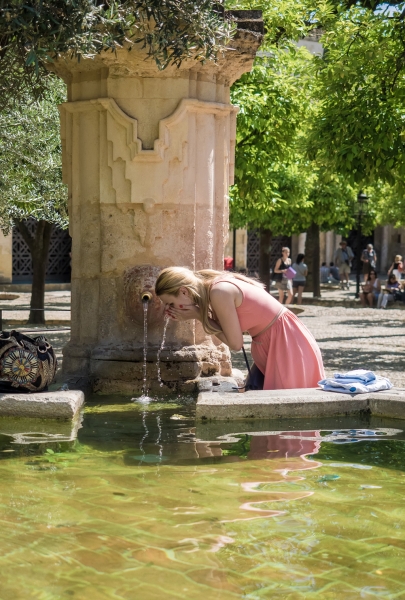
Source: roughguides.com

